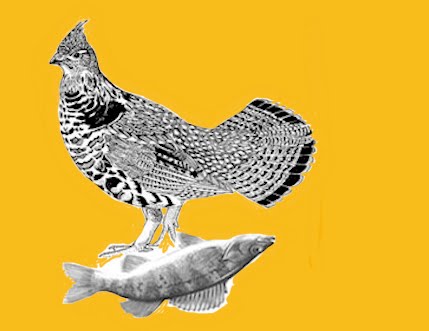
The New York Times "Public Editor" column - an avenue for the recently much besieged world journal of record to confront the concerns of its increasingly disaffected readership - today is about the recent annual selection of the year's 100 "most notable" books. Each December, I carefully study that list and inevitably, despite reading the NYT Book review most every week, profit by encountering works hitherto unseen. Last week's much-awaited list however left me with a queasy feeling, for, it turned out that the recent literary endeavours of authors who double as Times' columnists was somewhat generously represented in the list. The fact that these well circulated "best lists" have an indubitable marketing benefit, adds to the disquiet.
I cannot really take credit for the Public Editor having chosen to single out and address this concern today, especially since I only muttered to myself and promptly forgot about it. But others apparently did more and so Mr. Calame, the purported "reader's representative" disgorged several hundred impeccable bons mots in response. This piece actually strayed from the specifics of "100-best" cronyism into an insightful, more general essay on how reviewers are chosen for book reviews. Interesting as this was, it is a matter somewhat distinct from the precipitating problem of, it turns out, annointing no fewer than six Timespeople to the century of the chosen for 2005.
Towards the end of his column, Mr. Calame did swing back to the procedure for the year-end 100-best, one that I find a bit less than satisfying:
"The selection starts with about 400 reviewed books that had jumped quickly to the paper's best seller list or been cited as an Editor's choice during the year..." Selling like hotcakes does not really seem a very satisying criterion of notability while the second seems to say nothing more than a Popeye-like we choose what we choose because we chose it.
 Ubiquitously, less noble and less high-minded institutions grapple all the time with what is clearly and merely conflict of interest. In so doing, the twin-barrelled test is almost inevitably whether a choice is a conflict of interest, but also if it looks like one. If the New York Times wants to lift itself from the mire of recent reputation-tarnishings (the Judith Miller affair and the more general gullibility about Iraq's WMD) not to mention, be once again above the throng of lesser journals, it should deal with this no-brainer by automatic, no ifs, ands or buts, disqualifying its own "family members" from ineluctably subjective and potentially self-enriching in-house evaluations.
Ubiquitously, less noble and less high-minded institutions grapple all the time with what is clearly and merely conflict of interest. In so doing, the twin-barrelled test is almost inevitably whether a choice is a conflict of interest, but also if it looks like one. If the New York Times wants to lift itself from the mire of recent reputation-tarnishings (the Judith Miller affair and the more general gullibility about Iraq's WMD) not to mention, be once again above the throng of lesser journals, it should deal with this no-brainer by automatic, no ifs, ands or buts, disqualifying its own "family members" from ineluctably subjective and potentially self-enriching in-house evaluations.

No comments:
Post a Comment